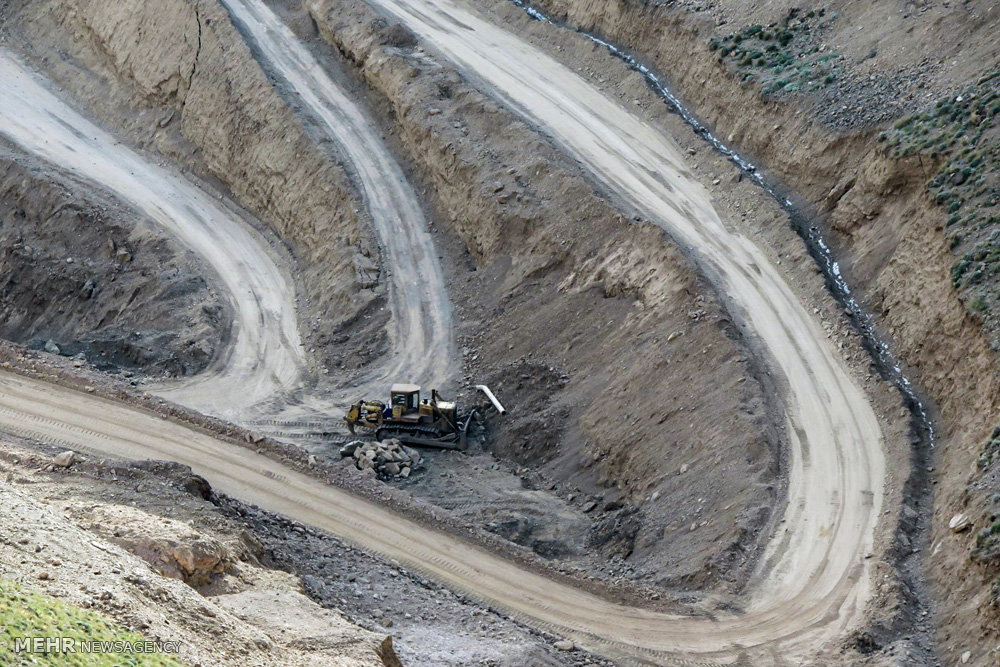Bauxite mining in Mount Shahvar in Shahroud, Semnan Province, has been widely criticized by environmental experts over the past few months.
Some 3,000 tons of the material are said to be extracted from the mine every day, undermining the ecological features of the site, Mehr News Agency reported.
Floods, dust storms, pollution of water resources, destruction of natural habitats and wildlife migration are among the ecological hazards of the mine. Shahvar is the highest mountain in Shahroud, which annually hosts 500 mountaineers, some of whom reported the unmethodical and unrestrained mining in the region.
Mohammad Darvish, deputy for education and public participation at the Department of Environment, is among outspoken critics of the mining operation.
“Each hectare of Mount Shahvar is worth ten times more than the bauxite extracted from the mine,” he said during a speech in Shahroud University of Medical Sciences on Thursday.
He added that excessive mining on the slopes of the mountain raises the risk of destructive floods.
“The smallest damage of such a flood would cause the burial of the entire Tash Village under tons of mud,” he said.
Based on reports, the vegetation across the road to the mine, including plants that naturally help stabilize soil and prevent erosion and floods, has been completely destroyed.
Experts believe that the dust scattered in the air by mining activities will affect the wild fruit trees within a 10-kilometer radius.
Critics also argue that the excavations will pollute water resources of the area making the clean upstream waters muddy all the way toward downstream regions. Wildlife in the region will also not remain immune as natural habitats are being ruined. Reports indicate the endemic brown bear has not been spotted for quite a long time and is believed to have migrated.
Loss of Soil
Darvish lamented the utter lack of attention to soil and mineral resources in the country.
“In Iran, the rate at which soil is destroyed is six to seven times faster than the rate of soil production,” he said.
Iran loses roughly 2 billion tons of soil annually due to industrial and agricultural practices, unsustainable mining and misplacement of roads.
“Each ton of soil is worth $28, which means the country is losing $56 billion every year because of inattention to soil protection,” he said.
The cost of soil erosion in Iran trumps the country’s oil revenue. According to Darvish, an amount of soil equal to the three islands of Greater Tunb, Lesser Tunb and Abu Musa put together is lost each year.
“We successfully protected our lands during eight years of war but are negligent about the rate of soil erosion that has reached 50 tons per hectare today,” he said.
Soil erosion is a natural process but becomes problematic when human activity causes it to occur much faster than under natural conditions. Half of the topsoil on the planet has been lost in the last 150 years. In addition to erosion, soil quality is affected by other aspects of agriculture. These impacts include compaction, loss of soil structure, nutrient degradation, and soil salinity. These are very real and at times severe issues.
The effects of soil erosion go beyond the loss of fertile land. It has led to increased pollution and sedimentation in streams and rivers, clogging the waterways and causing declines in fish and other species.


